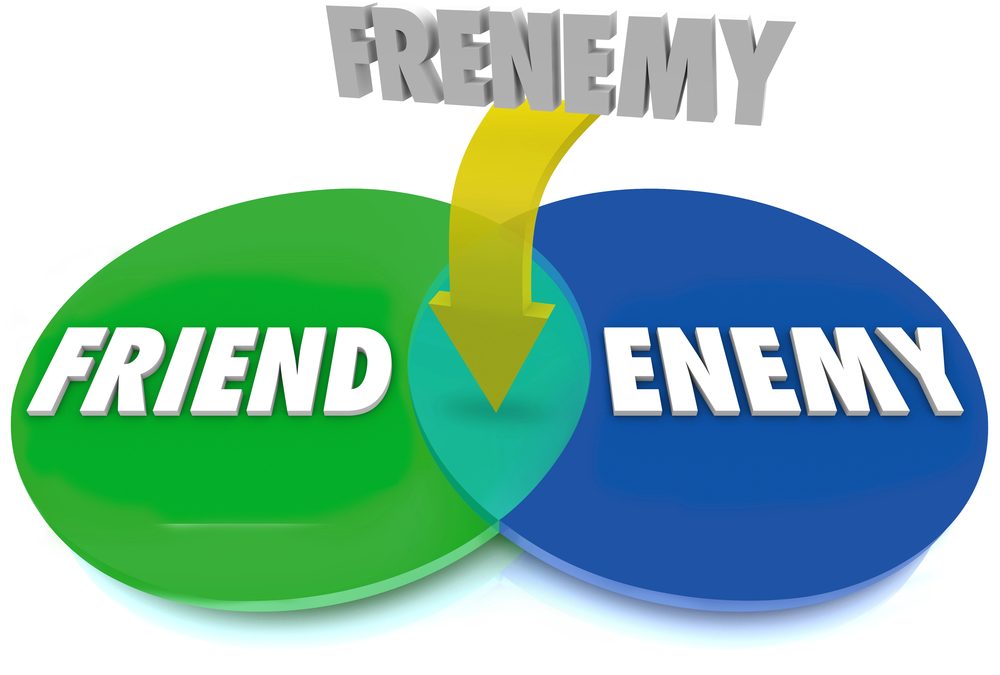 We’re living in interesting times work-wise. This is the first time in history that the multigenerational workforce includes four different generations: Boomers, Generation X, Millennials, and the first members of Generation Z are now colleagues. Diversity and inclusion efforts now need to add in the realities of “age diversity.”
We’re living in interesting times work-wise. This is the first time in history that the multigenerational workforce includes four different generations: Boomers, Generation X, Millennials, and the first members of Generation Z are now colleagues. Diversity and inclusion efforts now need to add in the realities of “age diversity.”
At the same time, our unemployment rate is low, meaning that job seekers have more options than ever, and employers are having trouble filling positions.
In a job market like this, it’s only practical to give job candidates a second and third look. Someone who may have been hastily screened out in a more competitive hiring environment may even turn out to be the perfect fit when employers look more carefully.
In times like this, organizations need to take a closer look at those people that often get overlooked at hiring time: the neurodiverse, people with an openly “alternative appearance” such as heavy body art, recent immigrants and people with disabilities come to mind.
We can also expect to see more neurodiversity in the workplace in the coming years as people on the autism spectrum becoming more and more desired as workers for their particular skills.
 In early January, the top aide to the UK’s prime minister posted an unusual recruiting message on his personal blog. Known to be somewhat unorthodox, Dominic Cummings has put out a call for a wide range of talent to apply for top government positions.
In early January, the top aide to the UK’s prime minister posted an unusual recruiting message on his personal blog. Known to be somewhat unorthodox, Dominic Cummings has put out a call for a wide range of talent to apply for top government positions.
His wish list is substantial, and includes “super-talented weirdos,” and “misfits with odd skills.” The posting has started a quiet but growing conversation about neurodiversity in the workplace, which strikes me as an indication that more conversation is to come.
 So, how do you navigate such interesting times in your multigenerational workplace? For older workers, these changes may be happening more quickly than they’d like. The “OK Boomer” invective that recently sprung up is, anecdotally, at least, is both causing and indicating tension between older and younger workers. And older workers are firing back with complaints of age discrimination.
So, how do you navigate such interesting times in your multigenerational workplace? For older workers, these changes may be happening more quickly than they’d like. The “OK Boomer” invective that recently sprung up is, anecdotally, at least, is both causing and indicating tension between older and younger workers. And older workers are firing back with complaints of age discrimination.
Millennials and Generation X each make up about one-third of the labour force, and Baby Boomers make up 25 percent. Those numbers will change drastically in the coming years. By 2025, Millennials and Generation Z will make up nearly 75 percent of the workforce according to this article on Forbes.com.
For anyone in a management role, trying to build a team made up of workers of four generations will be challenging. In fact, 2009 research published by the American Psychological Association suggests that when a workforce is more heterogeneous, conflicts are more likely unless there’s (a) transformational leadership and/or (b) inclusion.
The good news for managers and leaders is, it can be done, and I can coach you through it.
If you’re an older worker having trouble navigating this brave new world, I can also help you learn how to survive.
Addendum – In March 2022, the Harvard Business Review published a series of six articles related to multigenerational workplaces. Read more here.
If you’d like to discuss any of the issues addressed in this blog, I invite you to contact me privately by phone (I offer a no-obligation, free 15-minute initial phone consultation), email, Twitter, LinkedIn, or Facebook.
More than career coaching, it’s career psychology®.
I/O Advisory Services – Building Resilient Careers and Organizations.™



